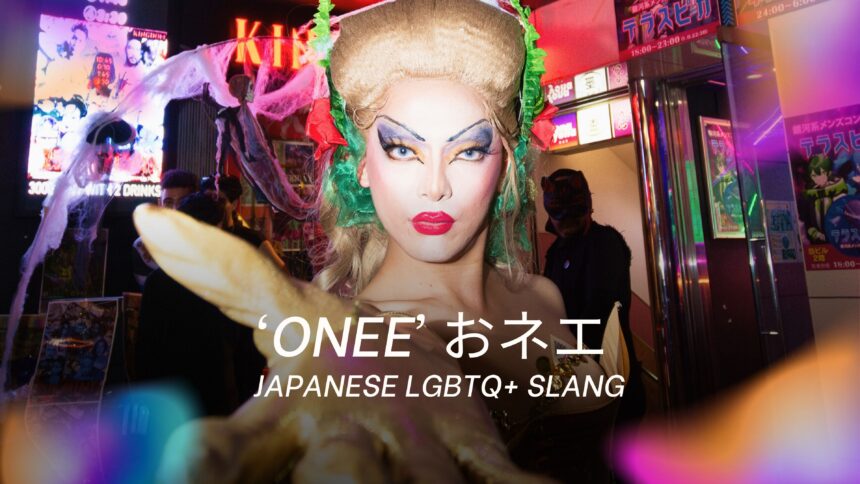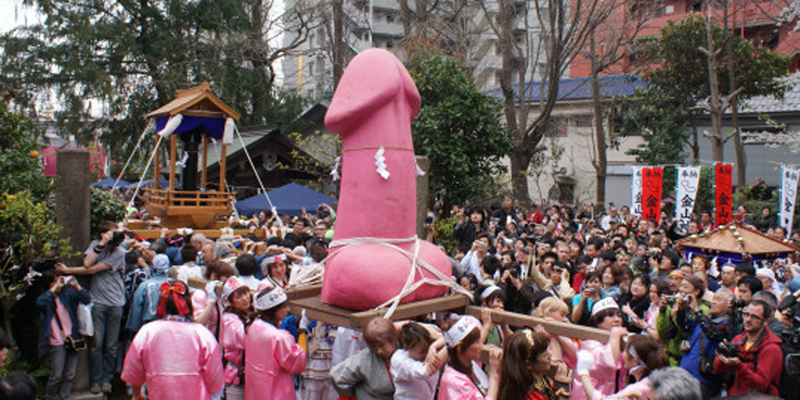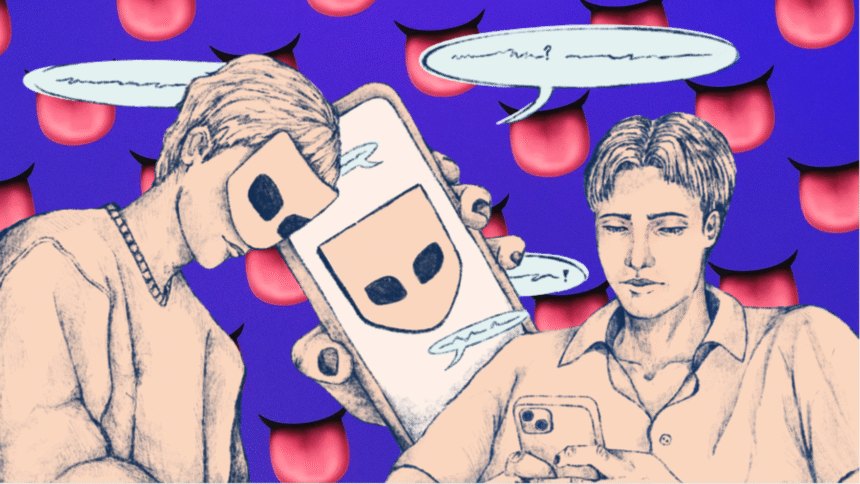Queer expression has long been part of Japanese storytelling, from Edo-period tales of same-sex love to the voices of today’s openly Japanese LGBTQ authors. Over the centuries, these writers have pushed boundaries, broken cultural taboos, and created new genres that continue to inspire readers. Their works stand at the heart of queer Japanese literature, offering powerful insights into identity, love, and society. In this guide, we explore some of the most influential authors and the books that shaped both Japan’s literary tradition and global LGBTQ culture.
1. Saikaku Ihara (井原西鶴)
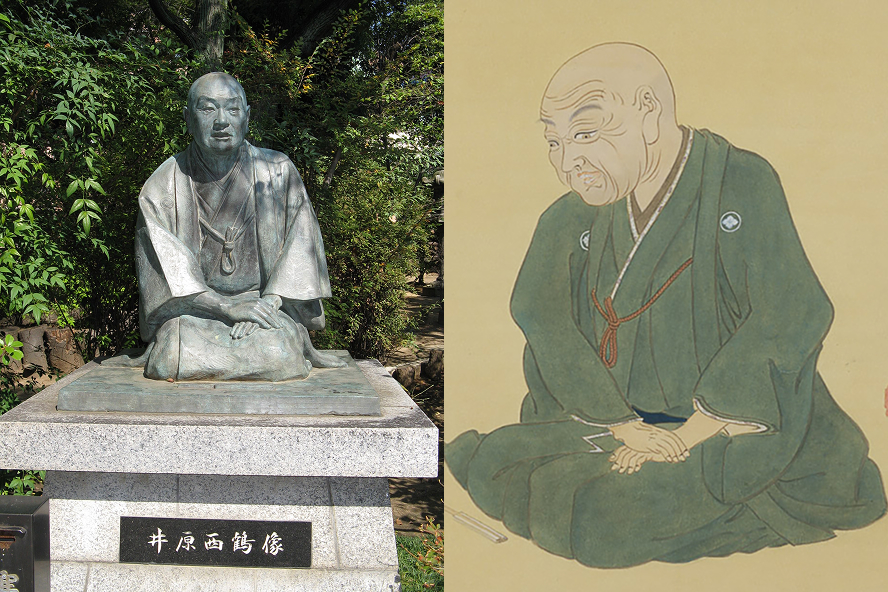
Saikaku Ihara (1642–1693) is one of the earliest Japanese LGBTQ authors whose works survive today. Writing during the Edo period, he explored the practice of nanshoku—romantic and sexual relationships between men, often samurai or monks. His Great Mirror of Male Love (男色大鑑, 1687) is a rare historical document that normalizes same-sex relationships as part of cultural life. Though centuries old, Saikaku’s work shows how queer expression in Japan predates Western influence.
Notable Works:
2. Nobuko Yoshiya (吉屋信子)
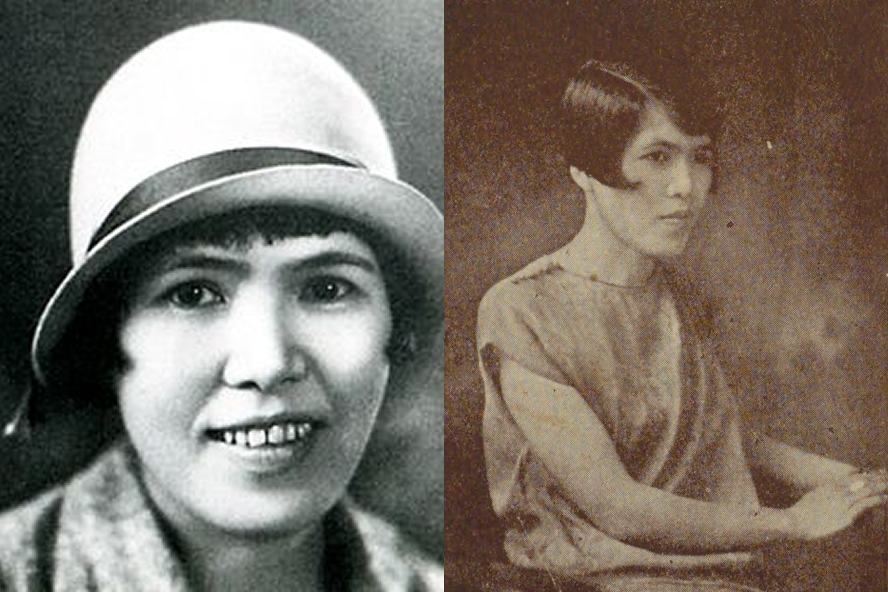
Often called Japan’s first openly queer woman writer, Nobuko Yoshiya (1896–1973) pioneered lesbian representation in Japanese fiction. As a lesbian novelist in Japan, she created the “Class S” genre, which focused on passionate, often romantic friendships between schoolgirls. Her stories broke taboos and influenced generations of yuri manga and shōjo literature. Beyond fiction, Yoshiya lived with her partner, suggesting her personal life aligned with the pioneering queer themes she brought to Japanese literature.
Notable Works:
- Hana Monogatari (Flower Tales) (花物語, 1916–1924) read
- Two Virgins in the Attic (屋根裏の二處女, 1919) read
- Yellow Rose (黄薔薇, 1923) read
3. Mari Mori (森茉莉)
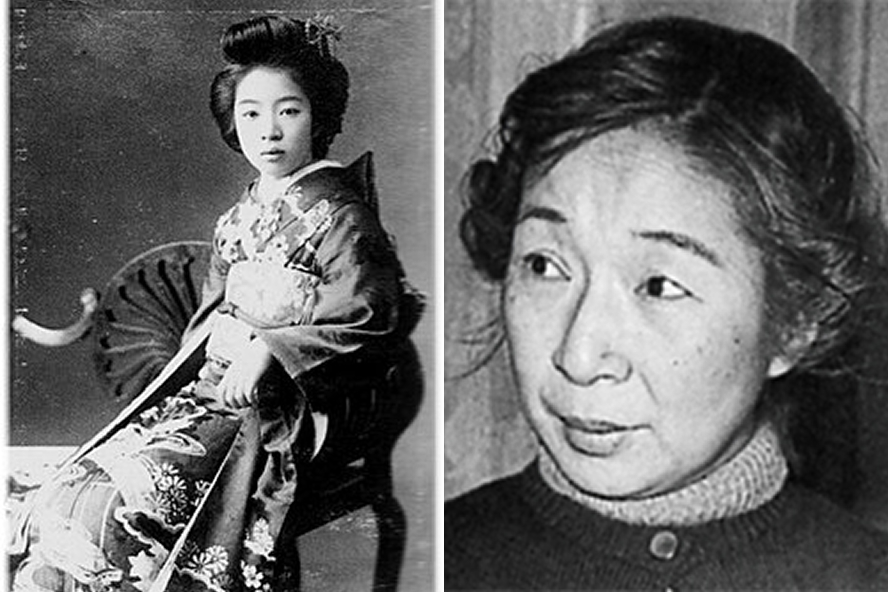
Mari Mori (1903–1987) debuted as an author at the age of 54 and quickly became a defining voice in homoerotic fiction. Her novels centered on relationships between older men and younger male lovers, creating the foundation for what later evolved into the Boys’ Love (BL) genre. While activists critiqued her for romanticizing gay love for a female readership, Mori’s work remains groundbreaking in Japanese queer literature. Her lush, decadent prose made her a cult figure among fans of BL and queer romantic fiction.
Notable Works:
- A Lover’s Forest (Koibitotachi no Mori) (恋人たちの森, 1961) read
4. Yukio Mishima (三島由紀夫)
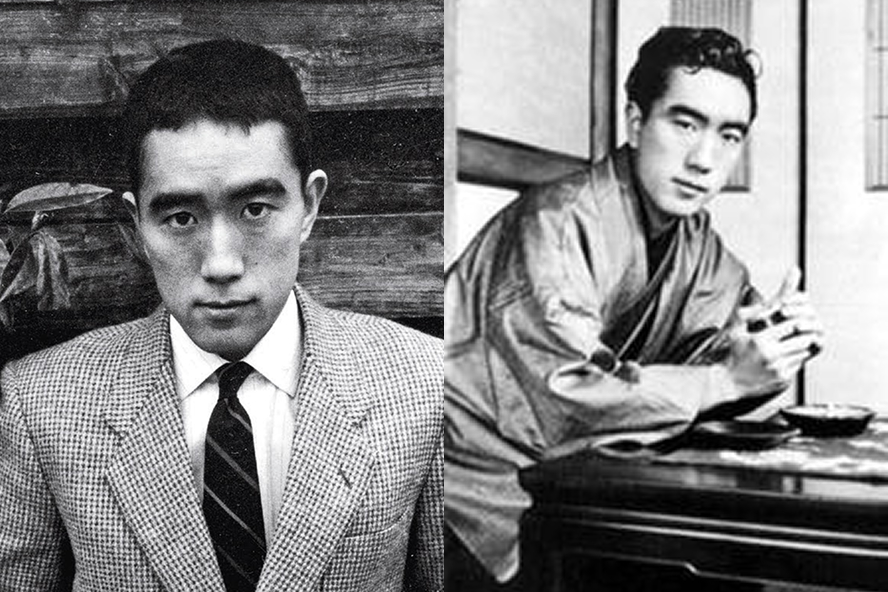
Perhaps the most internationally recognized of all Japanese LGBTQ authors, Mishima Yukio (1925–1970) remains a complex and controversial figure. His semi-autobiographical novel Confessions of a Mask openly examined same-sex desire, repression, and identity in postwar Japan. Many readers view it as one of the earliest modern works of Mishima gay literature. He also wrote Forbidden Colors, which explored the struggles of a beautiful young gay man manipulated by an older mentor.
Despite marrying and having children, Mishima’s writings and homoerotic aesthetics such as bodybuilding and near nude photography, fuel the lasting debate: was Yukio Mishima gay? His influence endures not only in Japanese queer literature but also in global LGBTQ culture.
Notable Works:
- Confessions of a Mask (假面の告白, 1949) read
- Forbidden Colors (禁色, 1951) read
- The Temple of the Golden Pavilion (金閣寺, 1956) read
- The Sea of Fertility tetralogy (豊饒の海, 1969–1971) read
5. Mutsuo Takahashi (高橋睦郎)
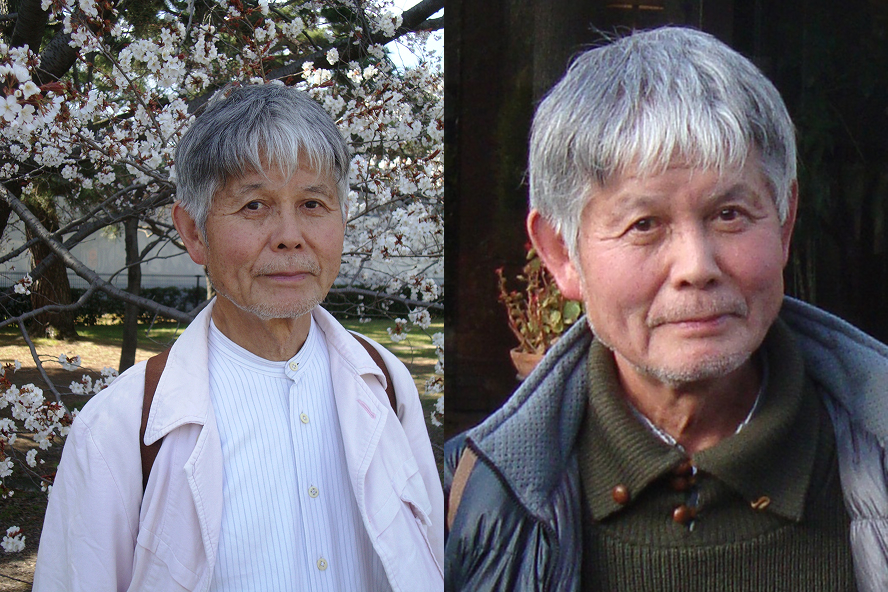
Mutsuo Takahashi (b. 1937) is one of Japan’s most openly gay poets and a leading figure in queer Japanese literature. His debut Rose Tree, Fake Lovers shocked readers with its direct exploration of gay eroticism at a time when few dared to write openly. Over the decades, his poetry and novels have combined sensuality with intellectual depth, reflecting the experiences of gay men in postwar Japan. Internationally, Takahashi has been praised by writers like Allen Ginsberg, highlighting his impact beyond Japan.
Notable Works:
- *Rose Tree, Fake Lovers (*薔薇の木・にせの恋人たち, 1964) read
- Twelve Views from the Distance (遠くからの十二景, 1970) read
- On Two Shores ( 二つの岸辺, 2006) read
6. Kaho Nakayama (中山可穂)
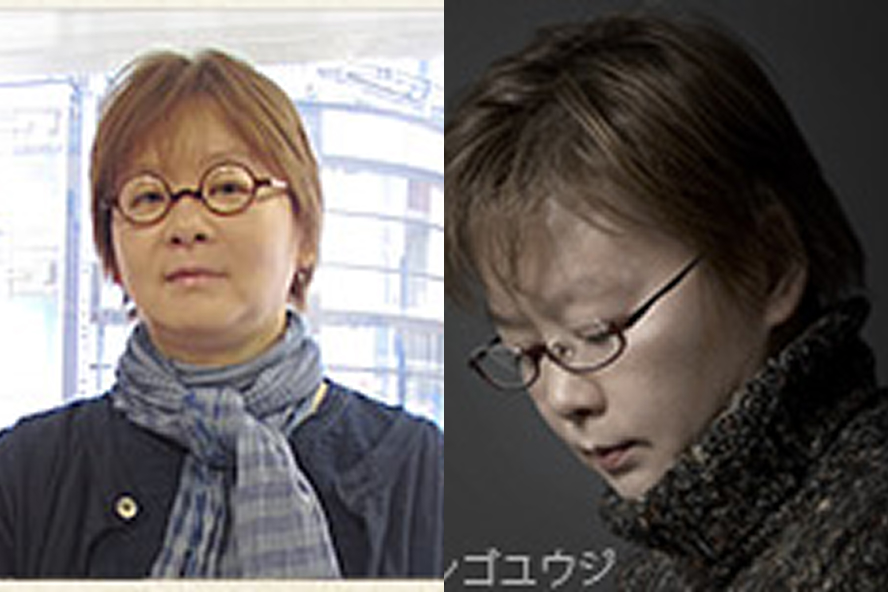
As a lesbian novelist in Japan, Kaho Nakayama (b. 1960) gained recognition in the 1990s for her nuanced portrayals of women’s love and identity. Influenced by the all-female Takarazuka Revue, Nakayama’s works blur fantasy and reality, reflecting the challenges and joys of queer women in Japan. Her short story Sparkling Rain, translated into English, introduced her to an international audience and placed her among the most important contemporary Japanese LGBTQ authors.
Notable Works:
7. Chiya Fujino (藤野千夜)
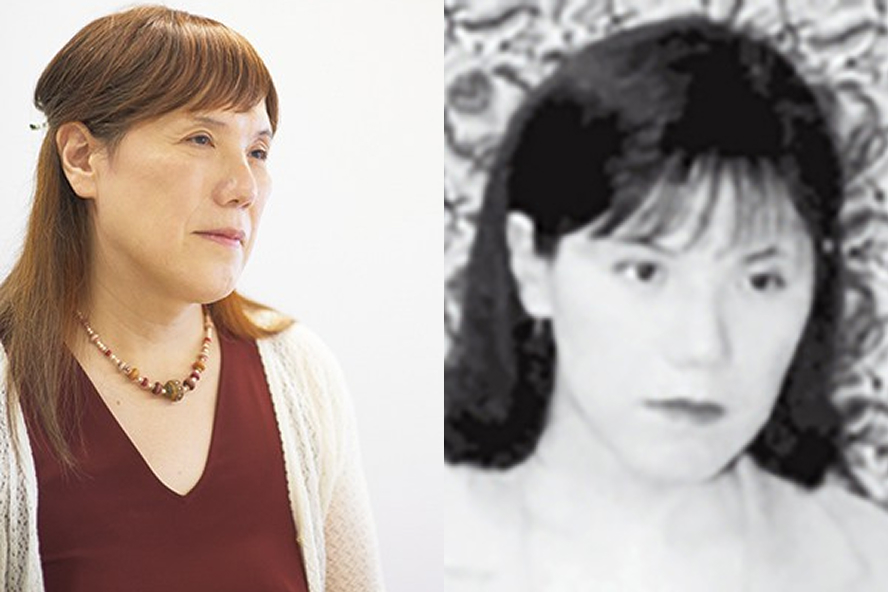
Chiya Fujino (b. 1962) is an Akutagawa Prize-winning author and an important transgender writer in Japan. Her works often focus on outsiders, weaving queer and trans identities into compelling urban narratives. In Summer’s Promise, she introduced characters like a transgender hairdresser, bringing visibility to underrepresented voices. Her inclusion in anthologies like Tokyo Fragments showcases her role in global queer literature.
Notable Works:
- Natsu no Yakusoku (Summer’s Promise) (2000) read
- The Housewife and the Police Box included in Tokyo Fragments (2005, anthology)
Conclusion
From Ihara Saikaku’s chronicles of same-sex love to Mutsuo Takahashi’s openly gay poetry and Kaho Nakayama’s lesbian fiction, Japanese LGBTQ authors have challenged norms and given readers powerful reflections on gender and desire. Figures like Mishima Yukio gay literature opened conversations that continue today, while contemporary voices like Chiya Fujino highlight Japan’s growing diversity.
For anyone interested in queer Japanese literature, these authors offer an essential reading list that bridges history, identity, and art.



